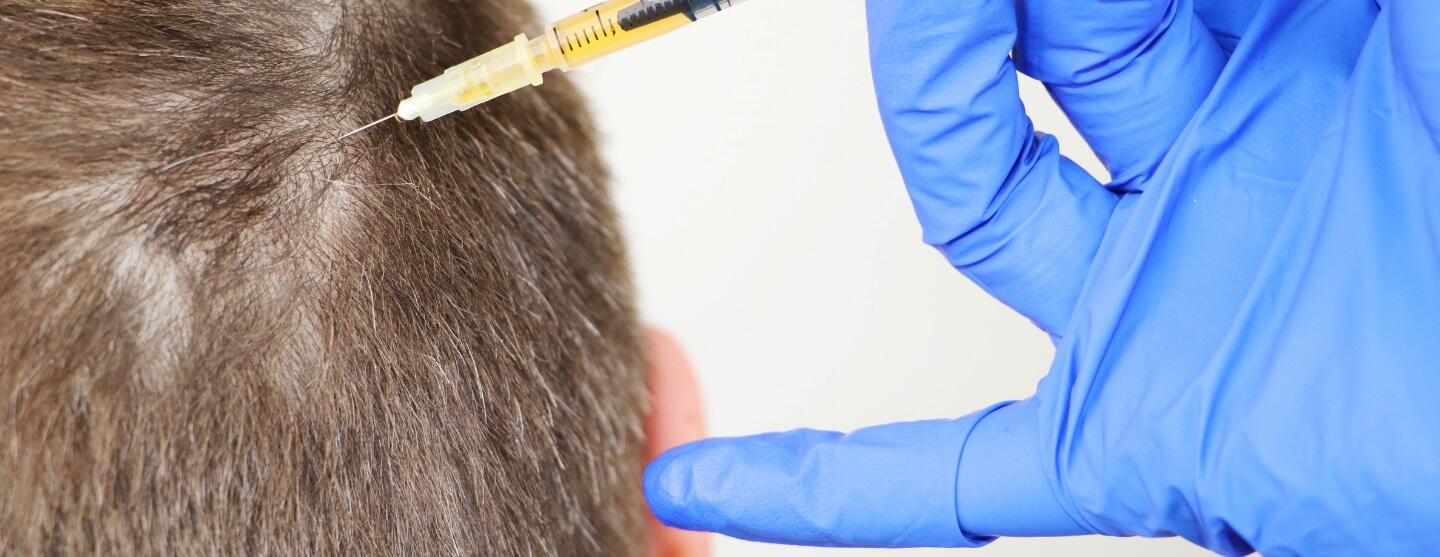We’re going to talk about hair transplants, specifically scar tissue. So, we’ve gone through hair transplantation as a concept and process, and we’ve discussed its role in men and women and androgenetic alopecia. But what we do see quite frequently is people come in with scars it could be on the scalp or on the face. For example, from a facelift scar or in the beard area for a variety of different reasons. When you have a scar, people talk about a couple of different options, cutting out the scar and sewing it back up and minimizing the scar tissue. Sometimes it stretches again if you’ve done that, and it becomes more apparent in those scenarios.
Exploring the Efficacy of Hair Transplants for Scar Camouflage
Scar tissue is different from normal tissue; the morphology of the skin layer and the layer underneath is slightly different, but it is still your tissue; it still has a blood supply, so it takes grafts very well from that perspective. So you can transplant grafts into scar tissue very successfully, and in doing so, you can very easily and successfully camouflage a particular area.
This mechanism or technique is still the same we take hair from one part of the scalp, and we can transplant those individual graphs into the scar tissue, and it grows well, and, in most cases, you’re unable to see where the original scar has been.
Some examples of this is that some people have scars from injuries on the scalp or it could be a traumatic physical trauma or there could be a chemical burn. For example, someone’s had hair dye; unfortunately, they left that on for too long, and it’s caused a burn on the scalp. Into that scar tissue, you can plant grafts. It will grow normally and grow beautifully. We’ve had people who have had a traumatic injury to eyebrows and scar tissue that’s distorted the eyebrows; you can transplant grafts into there. And in the beard line, what we commonly see is people that have had facelifts basically, there’s a residual scar behind the ear and that sometimes stretches a little bit and can be obvious and you can easily plant grafts into the scar and successfully make it less visible than it was before.
As I said, scar tissue takes grafts very well. The only thing I’d probably say is that if we talk about the progression postoperatively of how the hairs grow, usually if you’ve had a transplant into virgin skin tissue, by about 10 to 12 months, all the hairs have come through; in scar tissue, you’d probably add 50% onto that, so if you’ve had grafting done into scar tissue usually the endpoint you’ll reach at around about sort of 18 months, but in essence, scar tissue takes grafts very well and can be a very good method of concealing scars.


